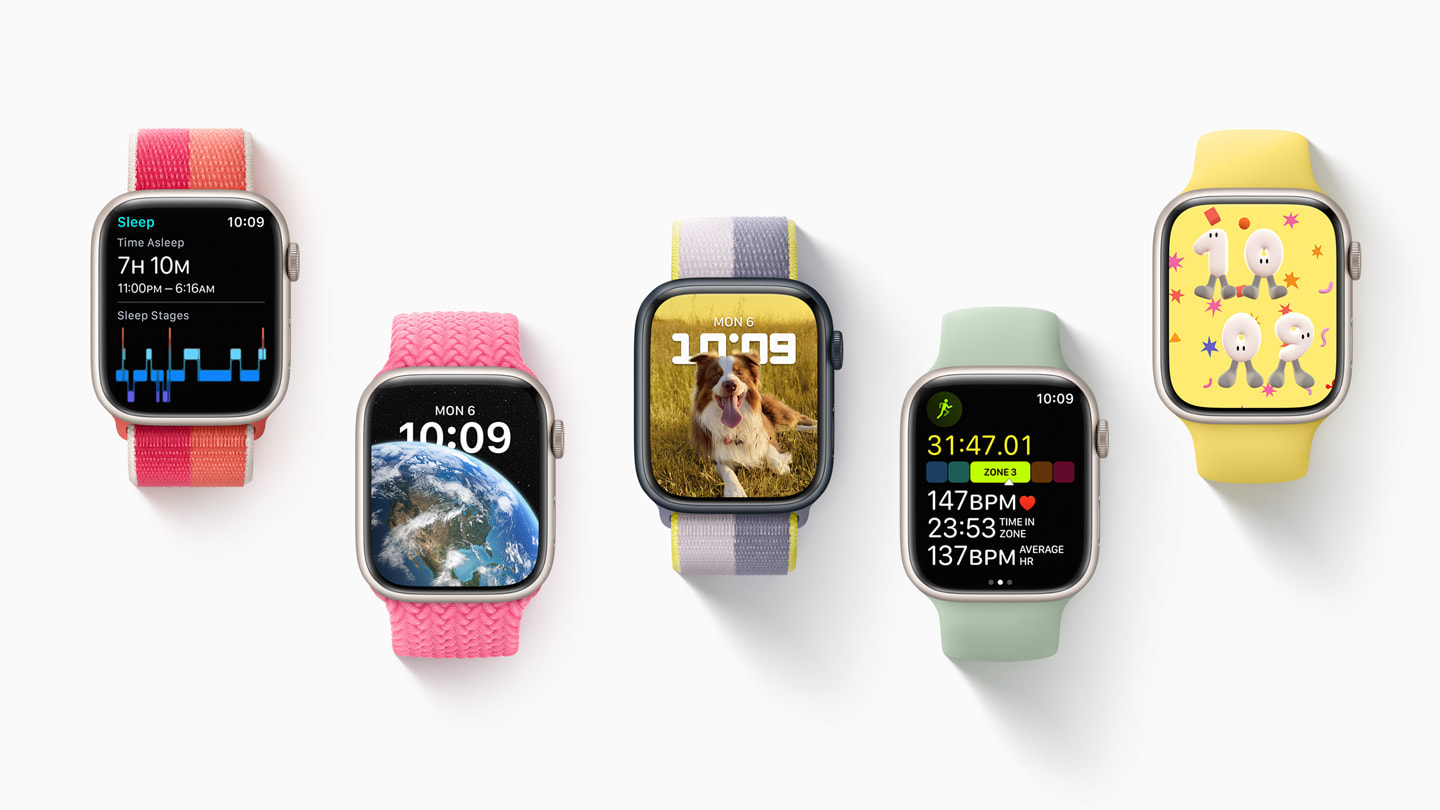
watchOS 9 officially previewed alongside iOS 16, macOS Ventura and iPadOS 16 at WWDC22. The new operating system is packed with new features and enhanced experiences for Apple watch users. Some of the new features include new running metrics, refreshed watch faces, an AFib History tool, added sleep-tracking data and a medication management app. All these improvements and more would be coming to existing Apple Watch models but of course, not the Series 3. Current users can benefit from many of the same features later on in the rumoured Apple Watch 8.
At the keynote event Jeff Williams, Apple’s chief operating officer said, “Users around the world love Apple Watch for helping them stay connected to those they love, be more active throughout the day, and better manage their health.” Williams added, “This fall, watchOS 9 takes the Apple Watch experience to the next level with scientifically validated insights across fitness, sleep, and heart health while providing users more creative ways to make their Apple Watch their own.”
The Apple Watch experience starts with new watch faces. Four new faces will be coming to watchOS 9 They are the Lunar, which depicts the relationship between the Gregorian calendar and lunar calendar, the Playtime, a dynamic piece of art that’s unique to Apple Watch and created in collaboration with artist Joi Fulton; Metropolitan, a classic, type-driven watch face where the style changes as the Digital Crown is rotated; and Astronomy, an original face that has been completely remastered and features a new star map and current cloud data. All the new watch faces are unique in their own ways and give users the opportunity to express personal style. watchOS 9 also introduces enhanced and modernized complications on some of the most classic watch faces, such as Utility, Simple, and Activity Analog, along with background colour editing for Modular, Modular Compact, and X-Large for additional personalization.
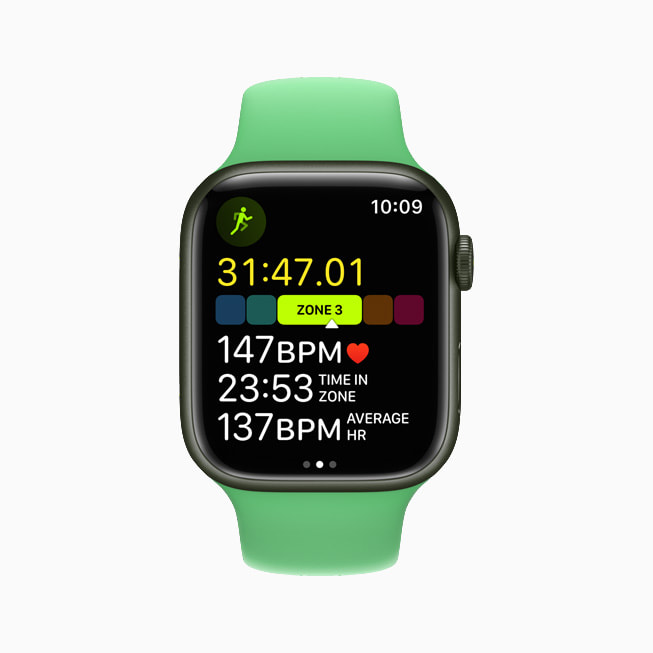
One of the most popular apps you can find on the Apple Watch is the Workout app. It has now been updated to provide users with richer metrics for measuring performance as well as new experiences to make them reach their goals. watchOS 9, the Workout app introduces Digital Crown, Workout Views, Heart Rate Zones and more are improved features to help monitor workout.
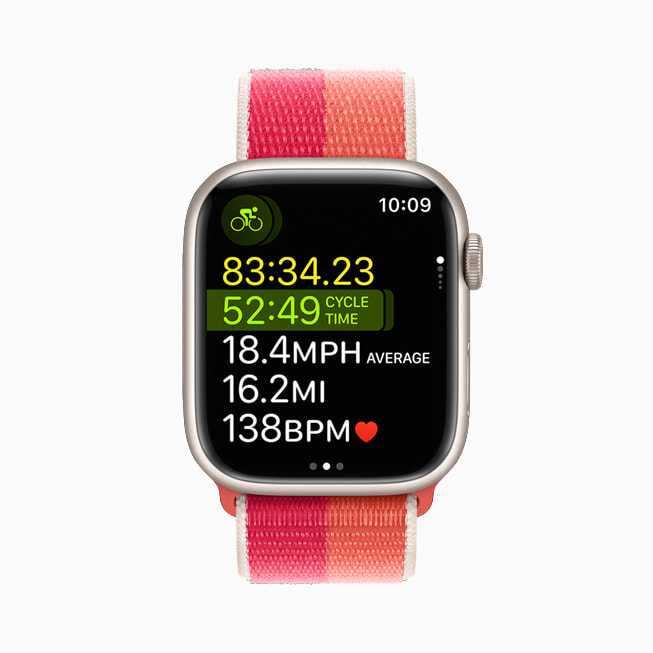
The Workout app now supports a new Multisport workout type for triathletes. This workout type automatically switches between any sequence of swimming, biking, and running workouts, while utilizing motion sensors to recognize movement patterns. As soon as each workout is complete, a redesigned summary page in the Fitness app offers additional details with detailed charts for more precise analysis. As you may already know Apple Watch is a powerful tool for runners but watchOS 9 brings more data and features to help track how efficiently users run.
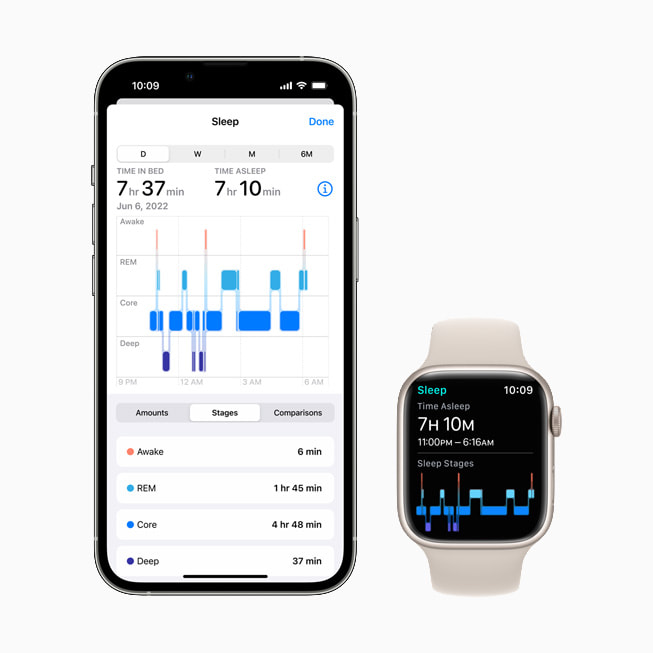
Sleep tracking in watchOS 9 comes with an improvement that provides even more insights as you sleep. Using signals from the accelerometer and heart rate sensor, Apple Watch can detect when users are in REM, Core, or Deep sleep. Whatever stage of sleep you are in you can find out in the Sleep app and can view more detailed information, like time asleep, alongside additional metrics, like heart rate and respiratory rate, in sleep comparison charts in the Health app on iPhone.
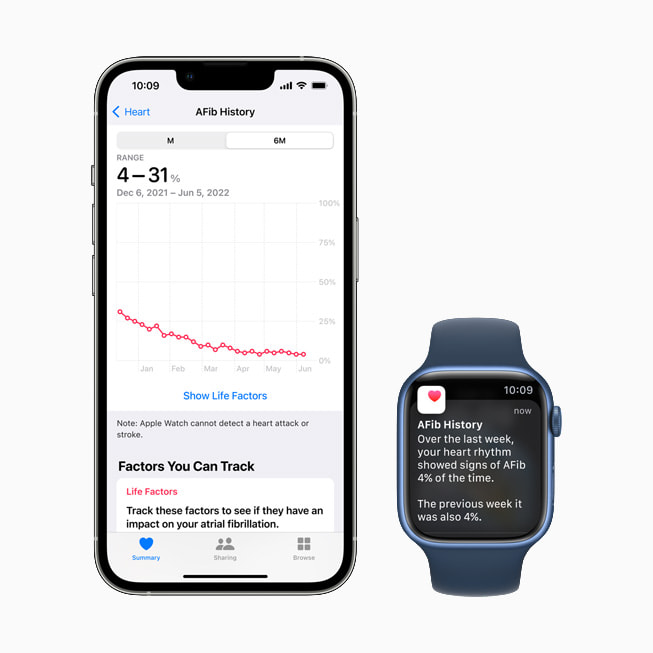
Another improvement watchOS 9 presents is the AFib History feature. With the ECG app and irregular rhythm notification available on Apple Watch, users can be on the watch out for potential signs of atrial fibrillation (AFib). AFib has been identified to be one of the leading conditions that can result in stroke if left untreated. With watchOS 9, users at risk of AFib can take advantage of the AFib History feature to gain access to important information and deeper insights into their condition, especially how frequently a user’s heart rhythm shows signs of AFib. Users can choose to receive weekly notifications to understand the frequency and view a detailed history in the Health app. Users can also access PDF versions with a detailed history of their AFib and lifestyle factors, for the purpose of sharing with doctors, and care providers.
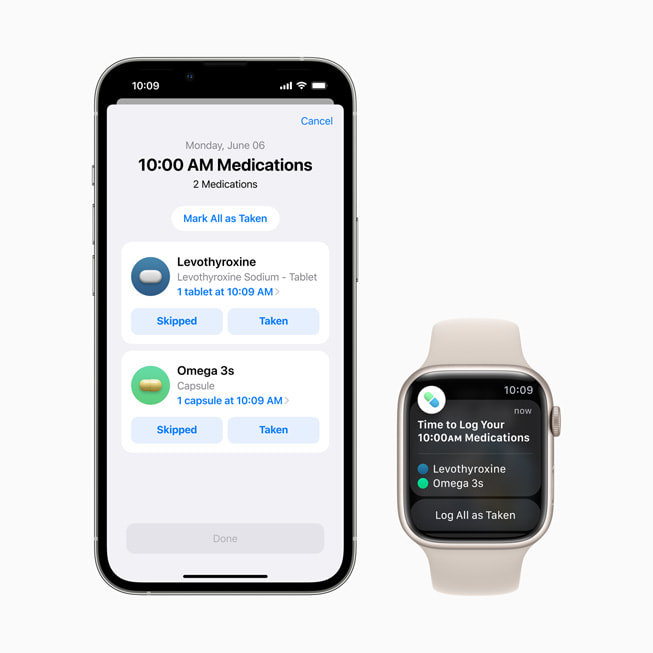
The new Medications experience on watchOS 9 hasn’t been experienced before. Apple Watch and iPhone users can now manage and track their medications. But first users need to create a medications list, set up schedules and reminders, and view information on their medications in the Health app. The Medications app on Apple Watch makes it easy for users to track medications conveniently and discreetly. Custom schedules are also available for each medication, users can set up reminders for medication to be taken multiple times a day, week or month. In the US, users can receive an alert if there are potential critical interactions with medications they have added to the Health app.
Additional watchOS 9 updates include redesigned notifications, new Quick Actions that allow you to do more like answer or end a phone call, take a photo, play or pause media with a double-pinch gesture, Apple Watch Mirroring with accessible user control for people with physical and motor disabilities, the redesigned Dock, Cardio Recovery – a useful fitness metric that can be an indicator of cardiovascular health and many more. Apple would also be allowing new APIs for developers who would like to build best-in-class third-party apps, with CallKit and share sheet support, access to Photos picker, and the ability to integrate watchOS apps with Apple TV.
watchOS 9 will be available to the public later in Fall, but the developer version is already available while the beta version rolls out in July.
Discover more from TechBooky
Subscribe to get the latest posts sent to your email.















